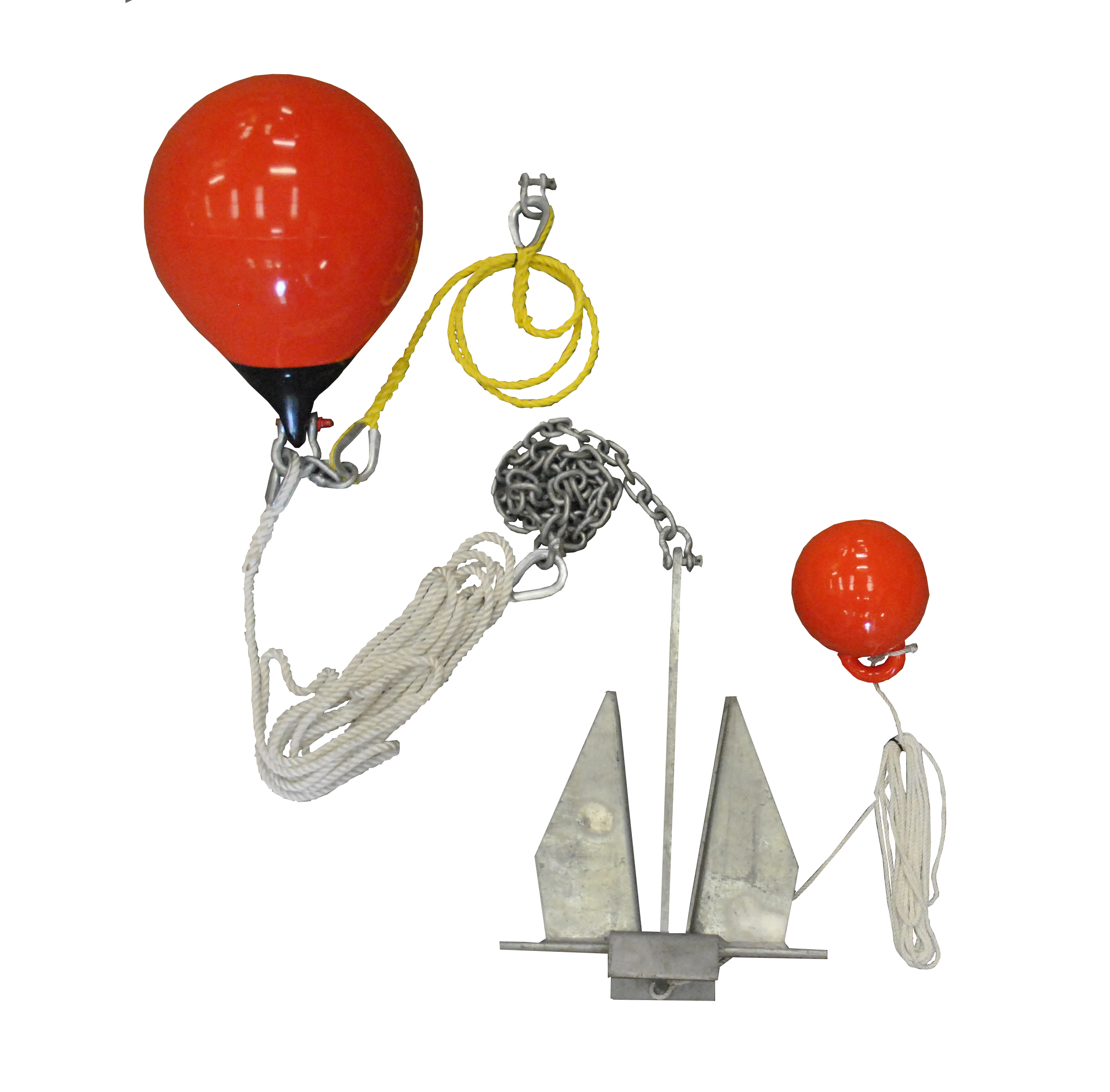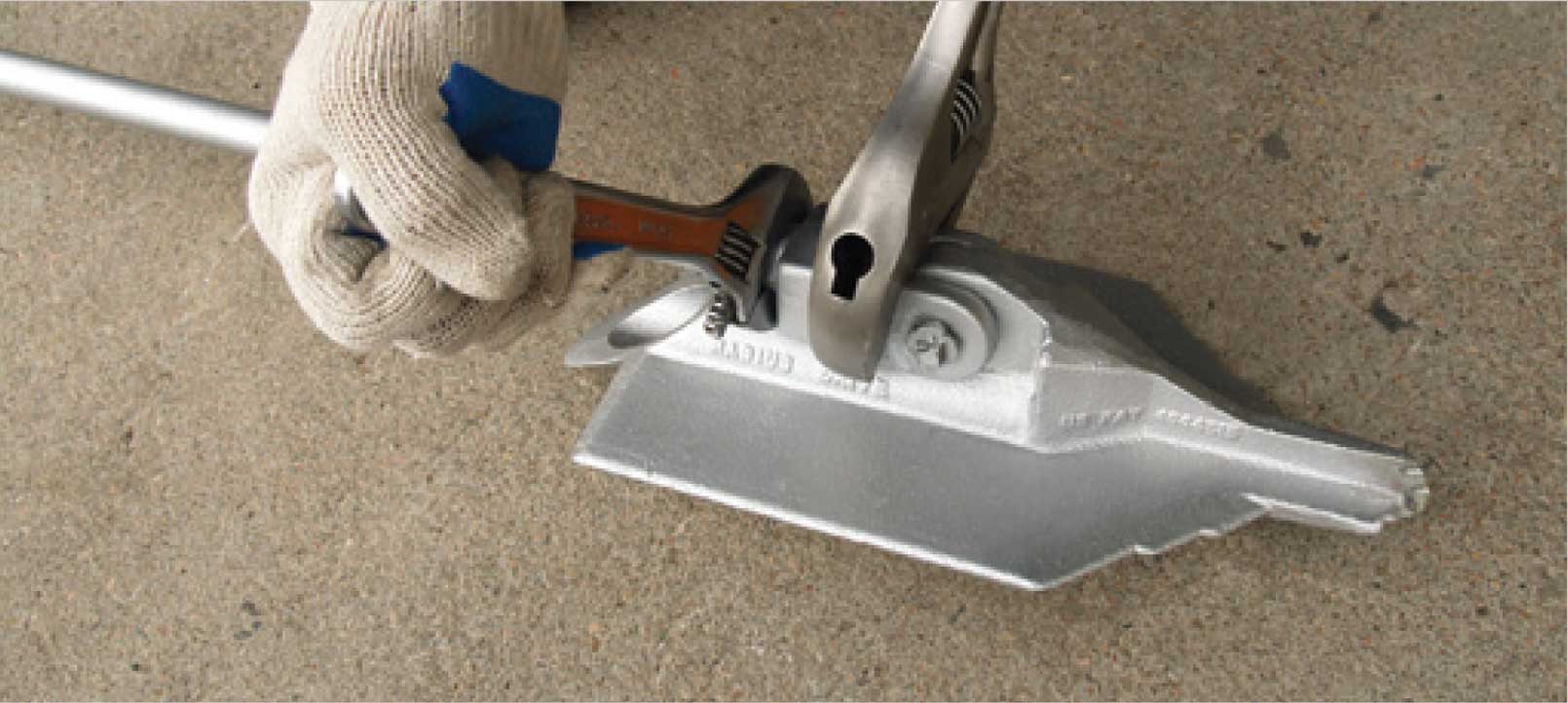How to Make Certain Long-Term Stability with an Earth Anchor System
How to Make Certain Long-Term Stability with an Earth Anchor System
Blog Article
Efficient Anchor Solutions Designed for Optimum Toughness
The style of effective support systems is critical in guaranteeing maximum toughness and reliability throughout numerous applications, particularly in civil and marine design. As we discover the different kinds of support systems and the materials that underpin their effectiveness, it comes to be obvious that the future of securing modern technology might hold even better innovations.
Significance of Anchor Equipments
Support systems play a crucial role in different applications, from aquatic construction to offshore boring and even in the security of structures on land. Their key function is to give safe holding power, making certain that structures remain safe and secure under various environmental problems. In marine environments, anchors are important for mooring vessels, stopping drift because of wind, currents, or waves. Without reputable anchoring, ships may be at threat of accident or grounding, leading to considerable economic and ecological repercussions.
Along with aquatic applications, anchor systems are crucial in civil design, particularly in the building of maintaining walls, bridges, and structures in geologically challenging locations. These systems aid distribute lots effectively, counteracting forces such as soil pressure and seismic task. The significance of support systems extends to the renewable power industry, where they secure wind turbines and overseas platforms, adding to the stability and efficiency of power generation.
Inevitably, the performance of an anchor system is essential to the safety and security, resilience, and capability of numerous structures, making their design and execution an essential element in design and building and construction techniques throughout numerous sectors.
Cutting-edge Materials in Anchor Style

Modern improvements in products scientific research have dramatically transformed support layout, enhancing performance and durability. The unification of high-strength alloys and composite products has actually caused supports that can endure extreme environmental conditions while preserving structural integrity. These ingenious materials not only offer exceptional tensile strength but additionally decrease weight, enhancing ease of setup and handling.
One notable growth is using carbon fiber enhanced polymers (CFRP), which offer exceptional rust resistance and high strength-to-weight ratios. This permits the design of supports that are both extremely resilient and lightweight, making them appropriate for marine applications where direct exposure to deep sea can result in material degradation.
Furthermore, innovations in finishes-- such as sophisticated epoxy and galvanization-- further protect metal anchors from corrosion, expanding their solution life. These finishes can be customized to satisfy details ecological obstacles, making sure that supports do reliably also in extreme conditions.
Additionally, the integration of clever products, which can adapt to transforming loads and ecological variables, is leading the method for future anchor designs. These growths highlight a fad towards higher efficiency and dependability in anchoring options, eventually enhancing safety and security throughout various applications.
Kinds of Effective Support Systems
Efficient anchoring services are necessary for ensuring stability and safety and security in numerous applications, from building and construction to aquatic operations. Several sorts of effective support systems stand apart for their effectiveness and versatility to different atmospheres.
One preferred kind is the screw support, which makes use of a helical style to offer premium holding find more info power in dirt and soft ground. These anchors are particularly helpful in short-lived frameworks and can be quickly removed and reused.
One more extensively secondhand system is the driven heap support, typically utilized in heavy and aquatic construction jobs. These anchors are driven deep into the ground, giving outstanding resistance to lateral pressures, making them perfect for supporting huge structures.
For aquatic applications, the mooring buoy support system is essential. This system includes buoyant gadgets connected to supports on the seabed, permitting vessels to stay stable while lessening drag from currents and winds.
Finally, the deadweight anchor system counts on heavy weights to supply security and is typically utilized in offshore installations. Each kind of anchor system is developed to satisfy particular needs, making certain the safety and honesty of structures and vessels in various conditions.
Safety Specifications and Laws
Making sure the safety and reliability of anchoring systems involves adherence to stringent security her comment is here standards and regulations. These criteria are established by various companies, consisting of the American Culture for Screening and Materials (ASTM), the International Company for Standardization (ISO), and local building ordinance. Compliance with these regulations is critical to ensure that anchoring systems can endure ecological stress and anxieties and tons, decreasing the threat of failure.
Checking and qualification procedures are basic components of security criteria. Anchoring systems need to go through strenuous assessments, including tensile strength tests, fatigue tests, and ecological effect examinations. These examinations help identify the systems' efficiency under real-world conditions, ensuring they meet or surpass the called for safety and security limits.
In addition, makers are needed to offer in-depth specifications and guidelines for setup and maintenance, which are essential to maintaining safety criteria. Routine examination and upkeep methods have to also be developed to determine potential weak points in time.
Future Patterns in Support Modern Technology
The future of anchor innovation is positioned for significant improvements, driven by the increasing demand for boosted safety and efficiency in construction and engineering applications. Developments are anticipated in materials, layout, and installation strategies, which will certainly boost the strength and durability of support systems.
One arising fad is the integration of smart technology right into anchor systems. Earth Anchor. By incorporating sensing units, these systems can keep track of stress, tons, and ecological problems in real-time, enabling aggressive maintenance and boosted integrity. In addition, developments in composite materials may result in lighter, yet more powerful anchors that can stand up to severe problems, decreasing the total weight of structures


In addition, modular support systems are obtaining grip, allowing for less complicated setup and adaptability to different project requirements. Earth Anchor. As the industry accepts automation, robotic setup strategies could better simplify the anchoring procedure, improving efficiency and accuracy
Verdict
In verdict, efficient support systems play an important duty in ensuring the security and safety and security of civil and aquatic design jobs. Adherence to safety requirements and guidelines further underscores the value of integrity in support systems.
The layout of efficient anchor systems is important in making sure maximum toughness and dependability throughout different applications, especially in marine and civil design. As we discover the various types of anchor systems and the materials that underpin their performance, it comes to be evident that the future of anchoring innovation might hold also higher advancements.Making sure the safety and security and integrity of anchoring systems involves adherence to strict safety criteria and policies.In conclusion, effective this link anchor systems play a crucial function in ensuring the security and security of civil and aquatic engineering projects. Adherence to security criteria and policies better underscores the significance of reliability in anchor systems.
Report this page